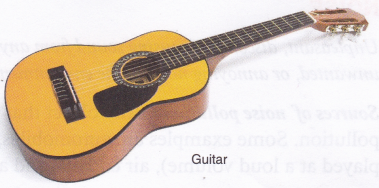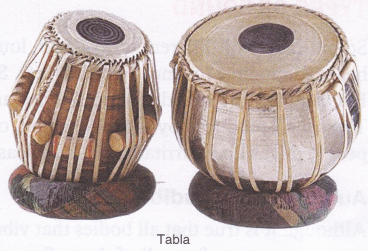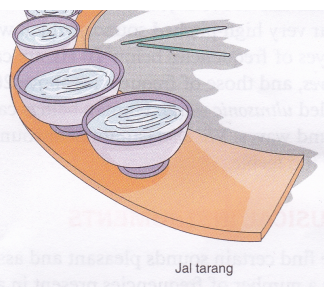What are the Different Types of Sound
Sound can be of different types—soft, loud, pleasant, unpleasant, musical, audible (can be heard), inaudible (cannot be heard), etc. Some sounds may fall into more than one category. For instance, the sound produced when an aeroplane takes off is both loud and unpleasant. The sound produced by a marble cutter, on the other hand, may not be as loud, but some people might find it irritating and unpleasant.
Audible and Inaudible Sounds
Although it is true that all bodies that vibrate in air (or any other medium) produce sound waves, we cannot hear all of them. Sometimes a group of neighbourhood dogs start barking on their own, while the residents living in the area are left wondering what provoked the dogs to bark. One possible reason could be that the dogs might have heard some unfamiliar high-pitched sound, which the residents did not hear. Our ears are sensitive only to a certain range of frequencies, 20 Hz to 20,000 Hz. We cannot hear sound waves of frequency below 20 Hz and above 20,000 Hz. Dogs have the ability to hear very high-pitched sounds, which we cannot. Sound waves of frequencies below 20 Hz are called infrasonic waves, and those of frequencies above 20,000 Hz are called ultrasonic waves. Human beings cannot hear these sound waves. We also cannot hear sound waves if they are too feeble.
People also ask
- What is Sound and How is it Produced?
- Analysing Sound Waves
- What are the Characteristics of Sound Waves?
- What is Echo and Sonar?
What are the musical sounds?
We find certain sounds pleasant and associate them with music. In a musical sound, there are a number of frequencies present in a definite ratio or relation to each other. Broadly, musical instruments are classified into the following three categories.
In stringed instruments like violin, guitar, and sitar, sound is produced by a vibrating string. The shrillness or pitch of the sound is altered by changing the length of the vibrating portion of the string. For example, a sitar player plucks the string with the right hand while the pitch of the sound produced is changed by pressing the string with the index finger of the left hand. These instruments also have an air chamber, which helps increase the loudness of the sound produced.
 In wind instruments like trumpet, flute, and harmonica, sound is produced by the vibrating air column inside the instrument. The pitch of the sound is altered by changing the length of the vibrating air column.
In wind instruments like trumpet, flute, and harmonica, sound is produced by the vibrating air column inside the instrument. The pitch of the sound is altered by changing the length of the vibrating air column.
 In percussion instruments like tabla, drums, and dholak sound is produced by a vibrating skin or membrane. The pitch of the sound is altered (to a certain extent) by increasing or decreasing the tension in the membrane.
In percussion instruments like tabla, drums, and dholak sound is produced by a vibrating skin or membrane. The pitch of the sound is altered (to a certain extent) by increasing or decreasing the tension in the membrane.

Activity
Aim: To make a ‘jal tarang’ (a musical instrument).
Materials needed: Eight identical bowls or tumblers, two drum sticks or pencils, and water.
Method:
- Keep all the bowls in a row. Fill all of them with varying levels of water.
- Strike the bowls one after the other with the drum sticks. What do you find?
 Observation: On striking the bowls one after the other, you get tinkling sounds of different pitches. The pitch is highest in the bowl with the maximum amount of water, and lowest in the bowl with the least amount of water.
Observation: On striking the bowls one after the other, you get tinkling sounds of different pitches. The pitch is highest in the bowl with the maximum amount of water, and lowest in the bowl with the least amount of water.
